China-Africa Economic Ties Deepen as Changsha Expo Secures $11.4 Billion in New Deals
The Fourth China-Africa Economic and Trade Expo, which opened this week in Changsha, reflects China's strategic recalibration of its trade and development engagement with Africa amid a shifting global landscape. With $11.4 billion in cooperation projects inked during the four-day event, the forum not only cements China's role as a key economic partner to Africa but also offers new commercial prospects for global firms seeking to align with evolving South-South value chains.
Held under the theme “China and Africa: Together Toward Modernization,”the expo gathered more than 30,000 participants, including representatives from 53 African nations, 11 international organizations, and 4,700 businesses, chambers of commerce, and financial institutions. This year's edition marks a 43.8% increase in signed projects compared to the previous session—up from 194 to 279—highlighting both the breadth and acceleration of Sino-African cooperation.
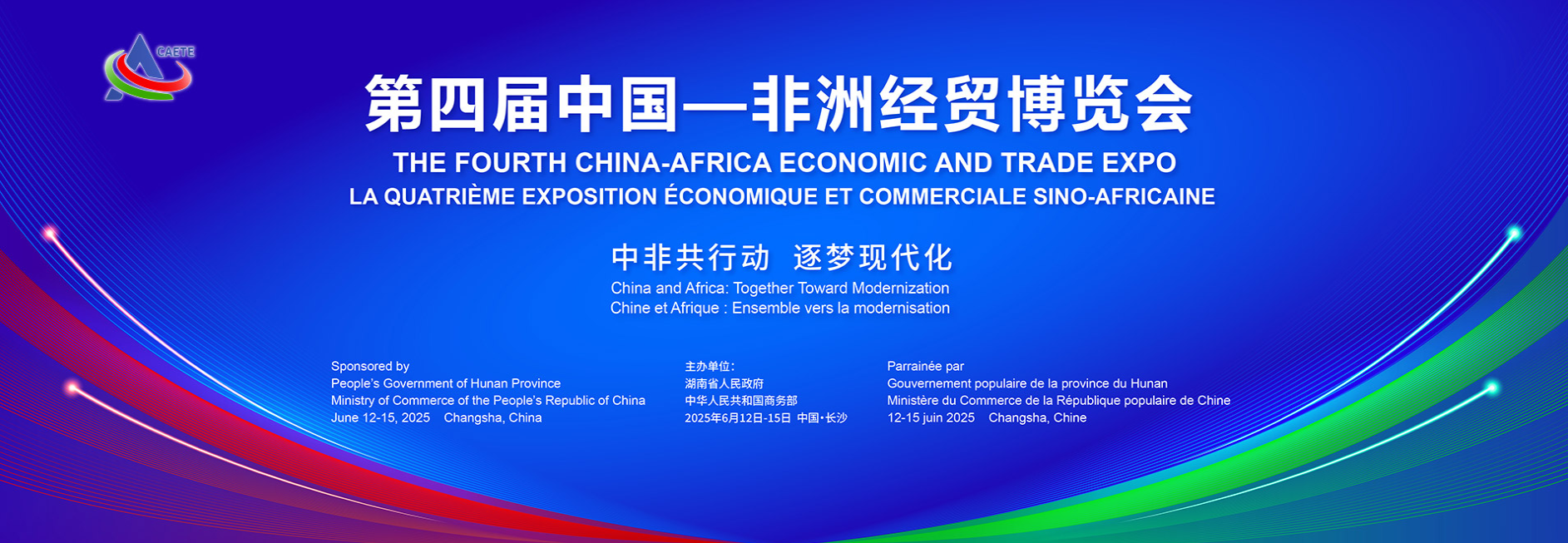
A Strategic Convergence in Global Trade Realignment
Amid mounting pressure on global supply chains and the need for diversified trade corridors, the deepening economic integration between China and Africa is attracting the attention of international investors. The scale of participation at the Changsha Expo signals growing African receptivity to Chinese capital, infrastructure know-how, and market access strategies—particularly at a time when traditional Western investment in the region shows signs of fragmentation.
According to Chinese Foreign Minister Wang Yi, “No matter how the international landscape may change, China will always stand firmly with Africa, offering strong support for the continent's modernization.” His remarks, made at the opening ceremony, reaffirm China's commitment to long-term, non-conditional engagement.
For investors outside China, particularly those from global banking, insurance, infrastructure development, and legal advisory sectors, the expanding network of China-Africa deals raises critical questions: Where are the tangible commercial entry points? What are the risk-sharing mechanisms? And how will this shape the regulatory and competitive environment across African markets?
Industrial Value Chains and Policy-Driven Growth
This year's Expo placed particular emphasis on implementing the “Ten Cooperation Plans” framework, an agenda originally introduced during the Forum on China-Africa Cooperation (FOCAC). Thirty dedicated economic forums were held, covering areas such as green mining, traditional medicine, infrastructure, cultural trade, and digital entrepreneurship.
A notable development is the increased visibility of Africa's role in China's outbound industrial policy. For instance, the exhibition in Xiangtan focusing on remanufacturing construction machinery suggests China's pivot toward building circular economy hubs across Africa—potentially drawing in European and ASEAN partners keen on ESG-compliant supply chains.
Furthermore, private-sector mobilization is expanding. Six spotlight activities, including a China-Africa private economy forum and China-Africa Film Week, were introduced to spur grassroots commercial ties and cultural resonance. Participating African nations such as Rwanda and Angola hosted targeted investment promotion events, hinting at a more decentralized and demand-driven development approach.
What This Means for Global Stakeholders
For international financial institutions, insurers, and trade facilitators, the rise in deal-making between China and Africa carries operational and strategic implications:
Deal Flow: With 175 cooperation agreements signed, valued at $11.39 billion, sectors ranging from infrastructure to consumer goods are ripe for underwriting, syndication, and advisory roles.
Geographic Hotspots: Key African countries—including Kenya, Namibia, and South Africa—were named guests of honor, suggesting future concentration of capital and policy alignment in these hubs.
Belt and Road 2.0? Although the Belt and Road Initiative (BRI) was not explicitly referenced, the structural design of the expo—combining national policy, provincial outreach, and market-driven exhibition—signals the emergence of a more agile, multi-layered investment diplomacy model.
Notably, Chinese provinces like Hubei and Chongqing—both serving as guest regions—demonstrated how subnational players are entering the fray, potentially opening new channels for co-financing and cross-border joint ventures with third-country partners.
Beyond Infrastructure: Soft Power and Service Sector Expansion
While physical infrastructure remains a cornerstone, the inclusion of forums on traditional Chinese medicine, youth innovation, and cultural trade indicates a shift toward soft-power-driven economic cooperation. For legal advisors, compliance officers, and human capital strategists, this evolution opens new service sector opportunities, particularly in IP protection, labor training, and cultural IP monetization.
From a legal and regulatory standpoint, foreign law firms with African operations may consider how to position themselves within a landscape increasingly shaped by Chinese contractual norms and governance frameworks.
Final Thoughts: Navigating a Triangular Opportunity
As Africa becomes an increasingly contested arena for global influence, the China-Africa Economic and Trade Expo functions as both a bellwether and a bridge. For non-Chinese global stakeholders, the question is not simply whether to engage—but how to engage in ways that align commercial interests with Africa's evolving developmental ambitions and China's long-term regional integration blueprint.
The rising deal volume and diversified project mix present real opportunities—but also demand a nuanced understanding of local contexts, evolving regulatory structures, and the geopolitical undercurrents shaping this new frontier in South-South cooperation.









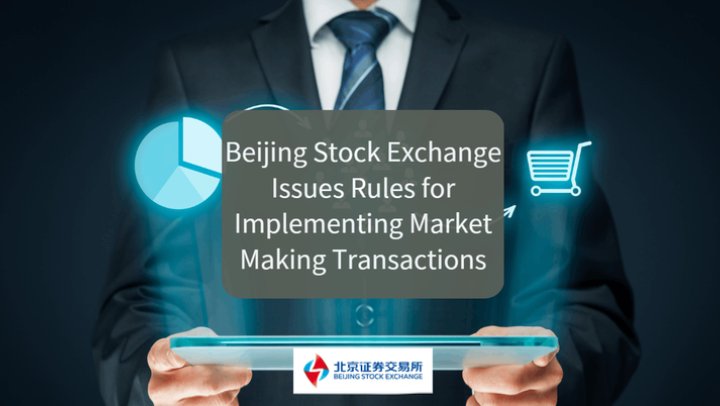



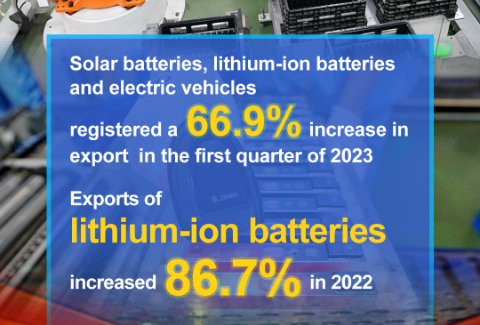
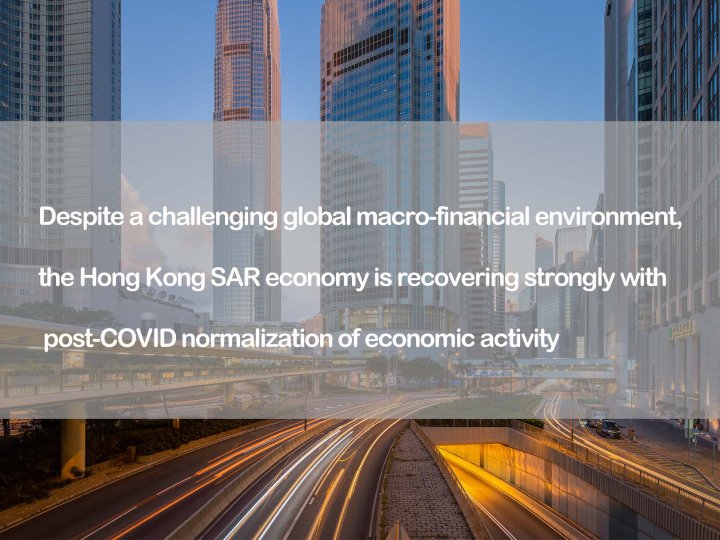
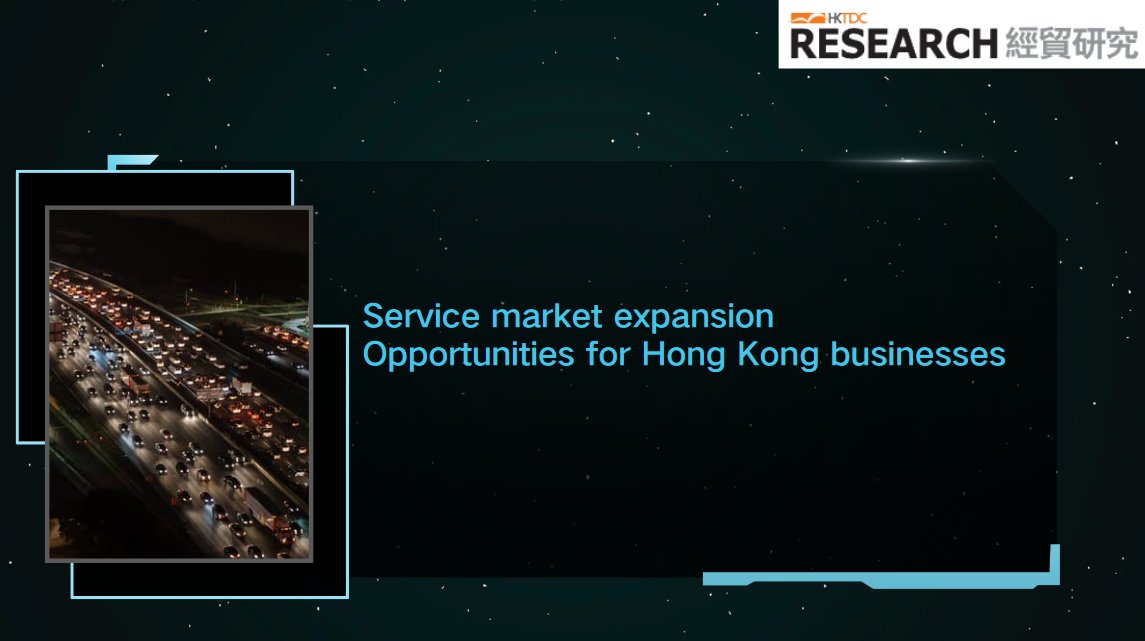

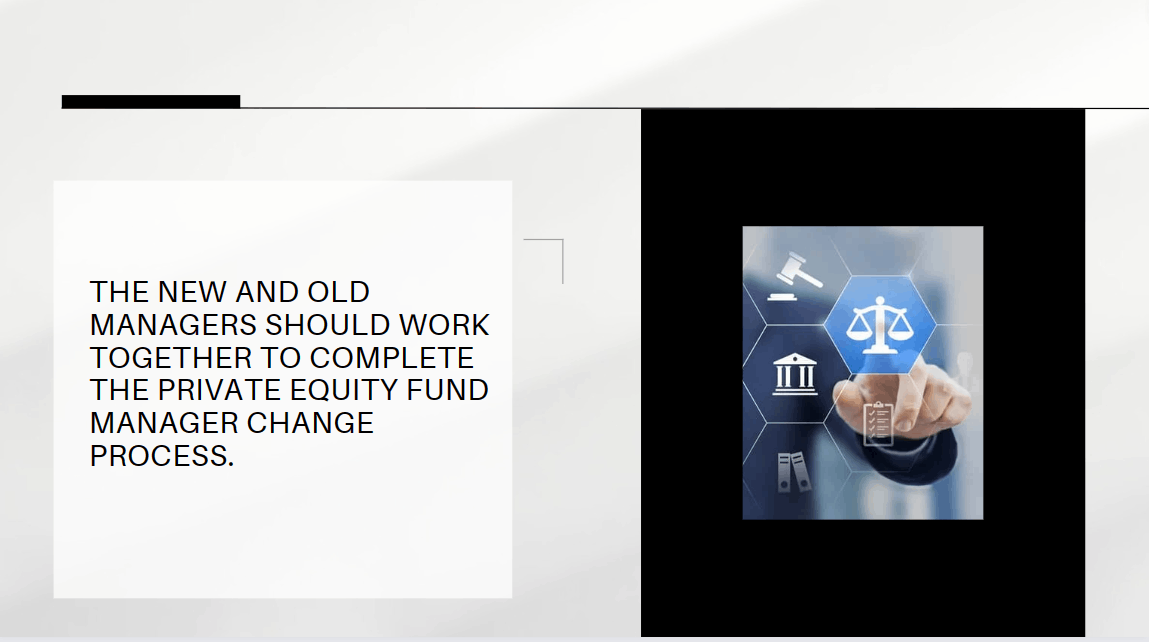
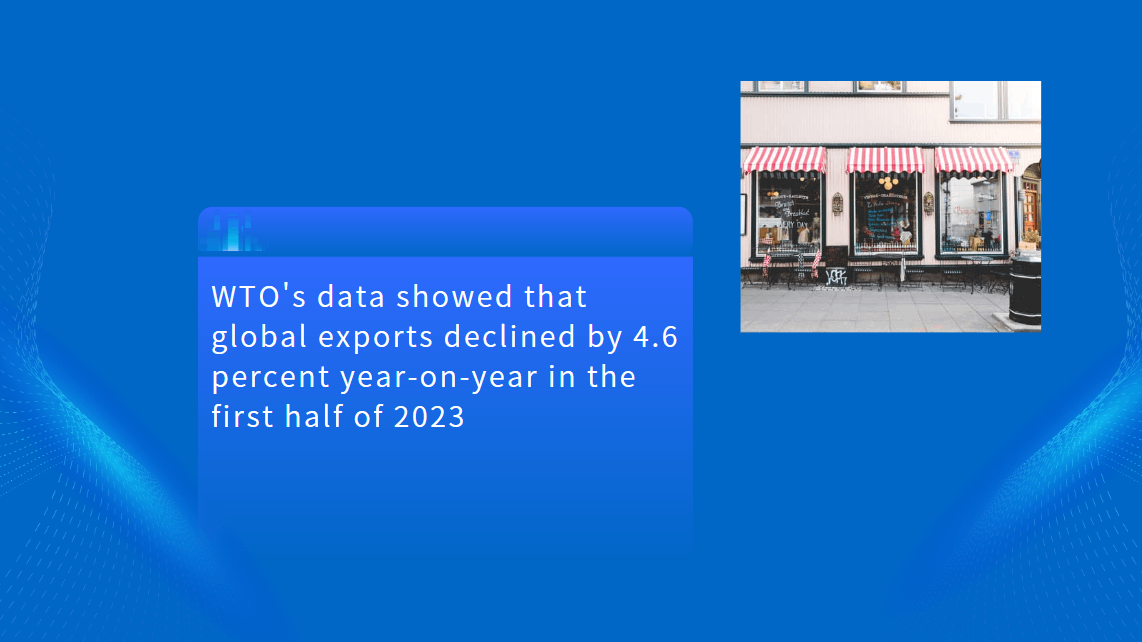
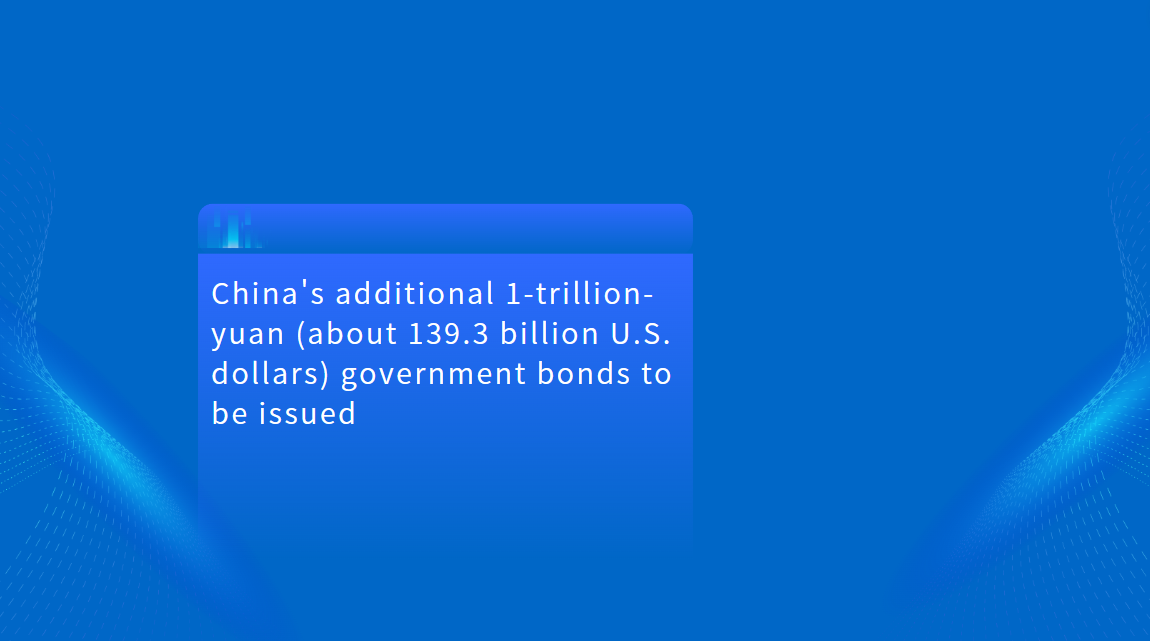




















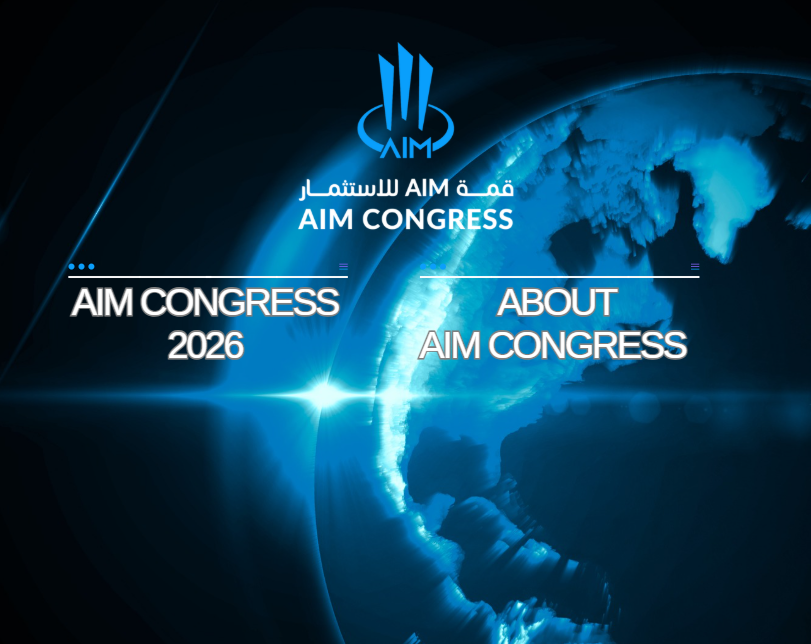












First, please LoginComment After ~